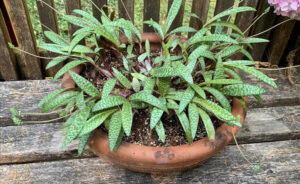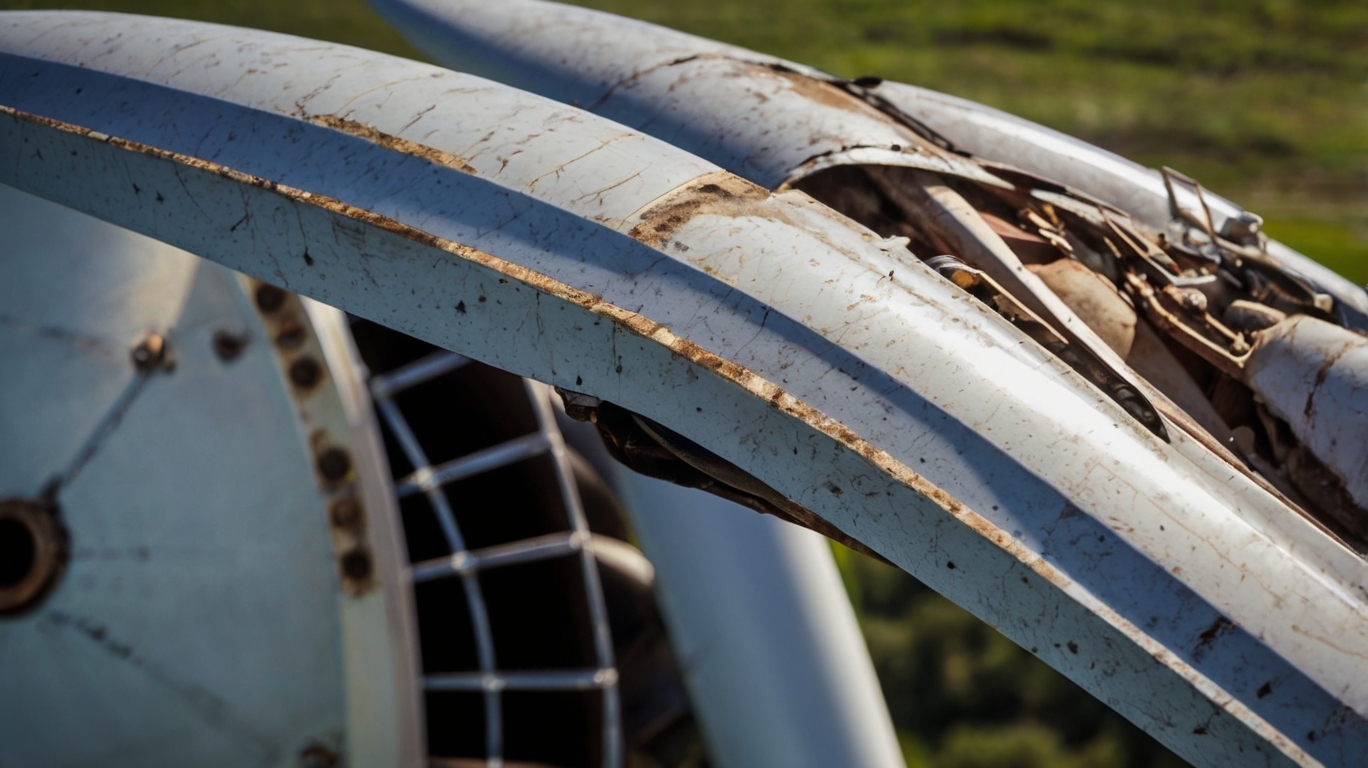
Wind turbines have long been touted as a clean, green energy solution, but recent incidents and studies are shedding light on their less publicized environmental impacts. From beach closures due to turbine failures to deforestation for installation, the true cost of wind energy on our ecosystems is becoming increasingly apparent.
In this article
Recent Incidents Raise Concerns
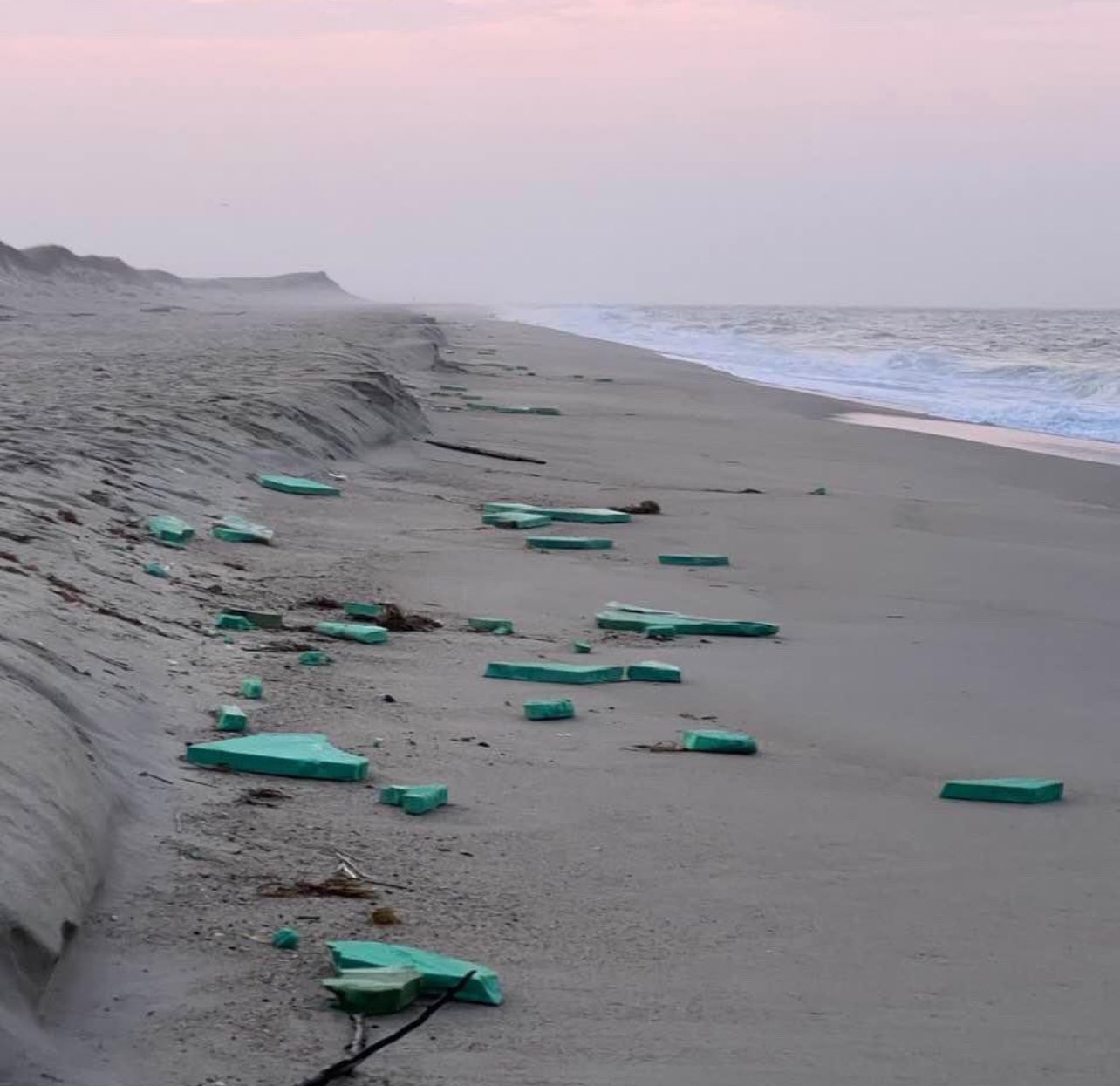
In Nantucket, Massachusetts, residents were shocked to find their pristine beaches littered with debris from a damaged offshore wind turbine. The incident, involving a Vineyard Wind turbine, resulted in the closure of south shore beaches due to “large floating debris and sharp fiberglass shards.” While officials claimed the debris was non-toxic, the event highlights the potential risks associated with offshore wind farms and their impact on coastal environments.
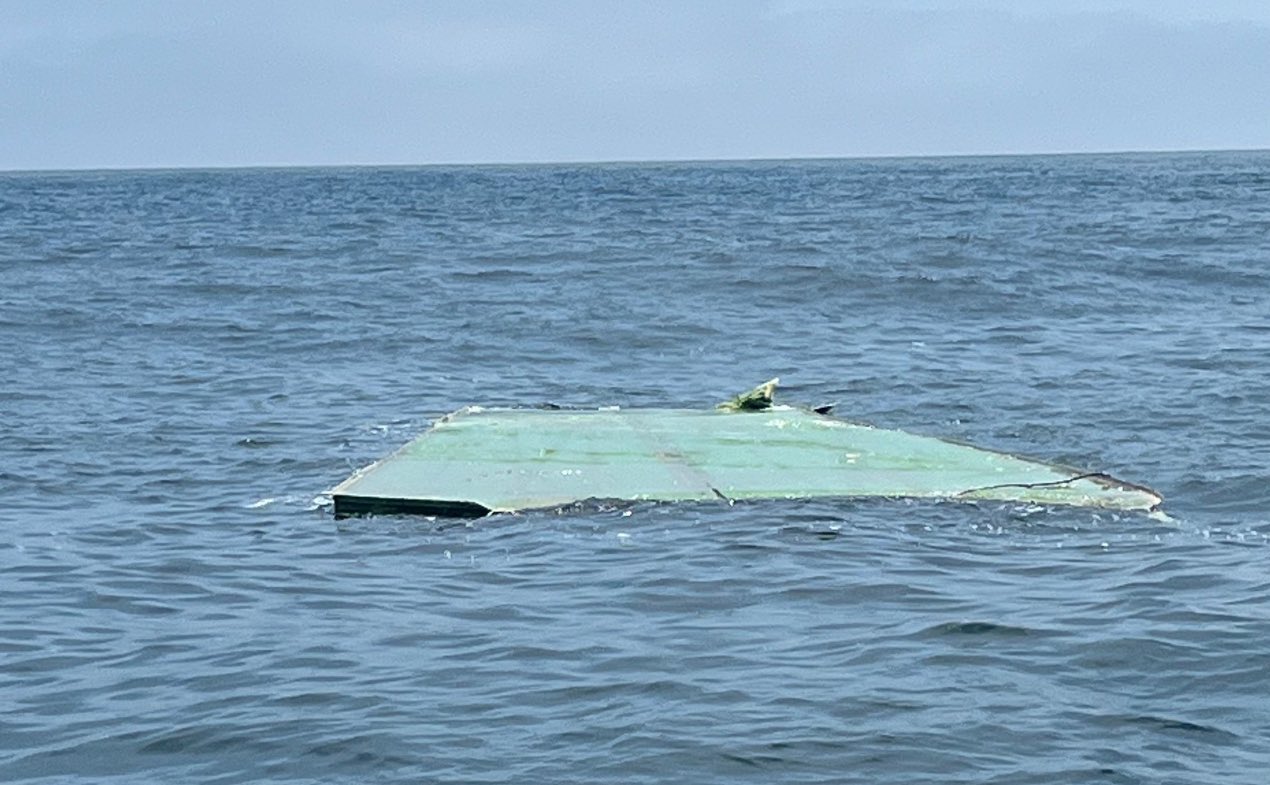
Wind turbine failures, while not common, do occur. Some notable examples include:
- In February 2022, a wind turbine collapsed in Ames, Oklahoma during a period of low wind speeds.
- In April 2020, a blade snapped off a turbine at the Meerwind Süd wind farm in the German North Sea.
- In 2019, a wind turbine in Newtyle, Scotland, caught fire and collapsed during a storm.
Worker Safety
The wind energy industry does have inherent risks for workers, particularly due to the heights involved and the sometimes remote locations of wind farms. A 2017 study published in the journal “Renewable Energy” found that between 2000 and 2015, there were 144 fatalities worldwide in the wind energy sector.
Common causes of accidents include falls, electrical incidents, and incidents during transportation or crane operations. The industry has been working to improve safety standards and practices, but risks remain due to the nature of the work.
Deforestation and Habitat Destruction
Queensland, Australia 🇦🇺
— James Melville 🚜 (@JamesMelville) July 18, 2024
“Around 71,000 hectares of remnant forests in Queensland earmarked to be damaged or destroyed with this rollout of renewables, in particular wind turbines.”
Destroying the natural environment because of the corporatist greed of net zero. pic.twitter.com/RoIlHYpAF2
The installation of wind turbines often requires significant land clearing. In Queensland, Australia, plans for renewable energy projects, particularly wind farms, threaten to damage or destroy approximately 71,000 hectares of remnant forests. This large-scale deforestation contradicts the eco-friendly image often associated with wind energy.
The impact of wind turbines on birds and their migration patterns is a significant concern. Birds can collide with turbine blades, towers, or associated infrastructure. Some species are more vulnerable than others. Raptors, for example, have been found to be at higher risk in some areas.
In addition, wind farms can alter habitats and potentially disrupt feeding or breeding areas. Large wind farms can act as barriers to migration routes, potentially causing birds to expend more energy to navigate around them. There is also evidence that sudden changes in air pressure near turbines can cause internal injuries to bats, though this is less of an issue for birds.
Resource-Intensive Production
This video highlights the gargantuan quantity of energy and resources (and thus CO2 emissions) required to build a single wind turbine.
— Wide Awake Media (@wideawake_media) July 16, 2024
Imagine believing these monstrosities are in any way "saving the planet". 😂 pic.twitter.com/QEYlBDoZH8
The manufacturing process of wind turbines is far more resource-intensive and carbon-emitting than often portrayed. A closer look at the production chain reveals a complex web of energy-intensive processes and material requirements that contribute significantly to the overall environmental footprint of wind energy.
The production of a single wind turbine begins with the extraction of raw materials, including iron ore for steel, bauxite for aluminum, rare earth elements for magnets, and limestone and silica for concrete. These mining operations often involve heavy machinery and energy-intensive processes, contributing to carbon emissions and local environmental degradation.
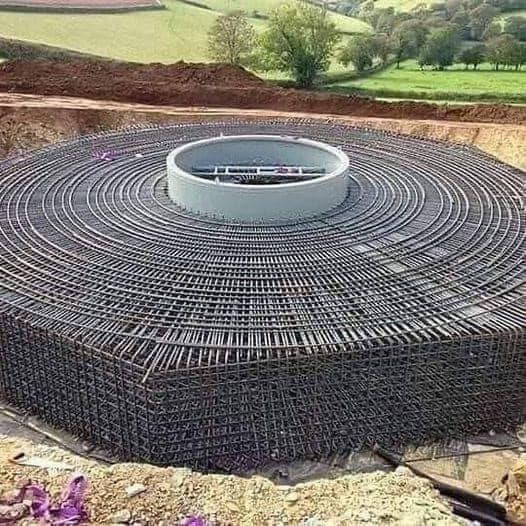
Steel is a primary component of wind turbines, used in the tower, nacelle, and rotor hubs. The steel industry is notoriously energy-intensive, with the production process requiring temperatures of over 1,000°C (1,832°F). For a typical 2-megawatt turbine, hundreds of tons of steel are needed, resulting in significant CO2 emissions during production.
The bases of wind turbines require massive amounts of concrete – often over 1,000 cubic meters for a single large turbine. Concrete production is a major contributor to global CO2 emissions, responsible for about 8% of the world’s carbon dioxide output. The cement in concrete requires heating limestone to very high temperatures, a process that releases large amounts of CO2.
Turbine blades are typically made from fiberglass and resin composites. The production of these materials involves energy-intensive processes and the use of petrochemicals, further adding to the carbon footprint.
Many modern wind turbines use permanent magnets containing rare earth elements like neodymium and dysprosium. The mining and processing of these elements are associated with significant environmental impacts, including the production of toxic and radioactive waste.
The logistics of transporting these massive components to often remote installation sites requires specialized vehicles and significant fuel consumption. The assembly process itself involves large cranes and other heavy machinery, all contributing to the overall carbon footprint.
While wind turbines do produce clean energy once operational, it takes time for them to “pay back” the energy used in their production. Estimates vary, but it can take anywhere from 6 months to 2 years of operation for a turbine to generate the amount of energy that went into its production, depending on the specific turbine and wind conditions. In addition, once a wind turbine is decommissioned, the steel and concrete base remain forever be buried in the ground.
By examining these aspects of wind turbine production, it becomes clear that the process is far from carbon-neutral.
Inefficiency and Fossil Fuel Dependence
Tom Harris, a former climate change advocate, argues that wind turbines are less effective than commonly believed. He states that wind farms often require backup fossil fuel plants that continue to operate at 90% capacity, rendering the turbines “largely unnecessary and, in essence, just for show.”
End-of-Life Concerns
Neil Oliver, a British journalist, raised concerns about the disposal of wind turbines at the end of their relatively short 20-year lifespans. The giant blades, which cannot be recycled, often end up buried in landfills. Moreover, defunct solar panels containing toxic materials like lead and cadmium pose risks of soil and groundwater contamination.
Oliver emphasizes that wind turbines have a relatively short operational life, after which they become a significant waste management problem. He states: “…giant turbines that can’t be recycled and must be buried in the soil at the end of their 20-year lifespans along with the defunct solar panels full of toxic lead and cadmium, all of it certain to leak poison into the land and then the groundwater.”
Oliver also draws attention to the potentially harmful materials used in solar panels, which can pose environmental risks when these panels reach the end of their useful life: “…defunct solar panels full of toxic lead and cadmium, all of it certain to leak poison into the land and then the groundwater.”
Oliver argues that these end-of-life issues contradict the environmentally friendly image often associated with renewable energy technologies: “None of it seems green to me, all of it looks on the contrary only about greed.”
Raw Materials
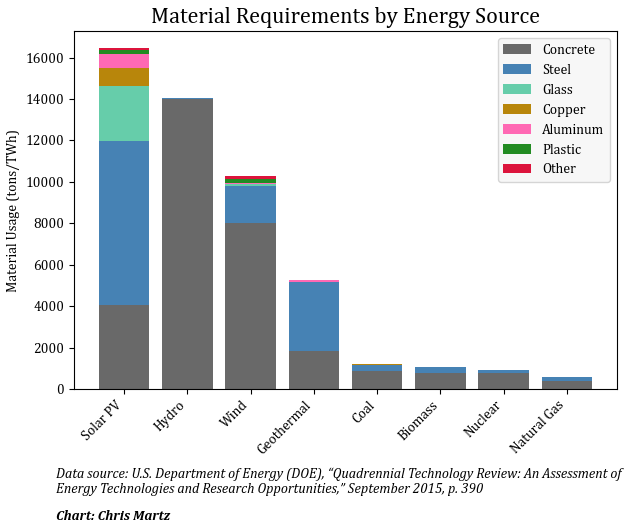
The production of wind turbines and other renewable energy technologies relies heavily on a variety of raw materials, including rare earth elements (REEs). While these materials are crucial for the functionality of modern wind turbines, their extraction and processing come with significant environmental and social costs that are often overlooked in discussions about “clean” energy.
REEs such as neodymium, dysprosium, and praseodymium are essential for the powerful permanent magnets used in many modern wind turbines. Despite their name, rare earth elements are relatively abundant in the Earth’s crust. However, economically viable concentrations are less common, leading to geographically concentrated mining operations.
REE mining involves open-pit mining, which can lead to significant land degradation. The separation and refinement processes are chemical-intensive, often using strong acids and resulting in the production of toxic waste. The processing of REEs can release various pollutants, including radioactive materials like thorium and uranium, which are often found alongside REE deposits. This can lead to air, water, and soil contamination in mining areas. REE mining and processing require substantial amounts of water, which can strain local water resources, particularly in arid regions where some deposits are found.
Copper is also essential for the electrical components of wind turbines. Copper mining is associated with significant environmental impacts, including deforestation, water pollution, and high energy consumption.
The environmental impact of raw materials used in wind turbines presents a complex challenge to the renewable energy sector. While wind energy offers clear benefits in terms of operational emissions, the upstream environmental costs associated with raw material extraction and processing are significant.
RELATED: Why Eco-Friendly Solutions Are Just Clever Marketing, Scientists Say
While wind energy continues to be promoted as a solution to climate change, it’s crucial to consider its full environmental impact. From manufacturing and installation to operation and disposal, wind turbines carry significant ecological costs that are often overlooked in the push for renewable energy. As we move forward in our quest for sustainable power sources, a more holistic approach to assessing their true environmental impact is necessary.





